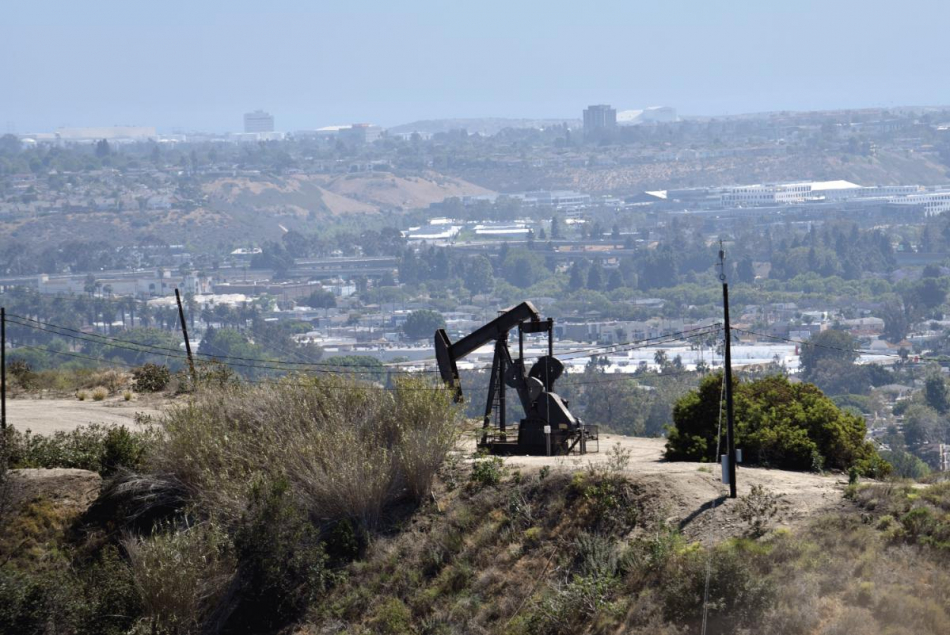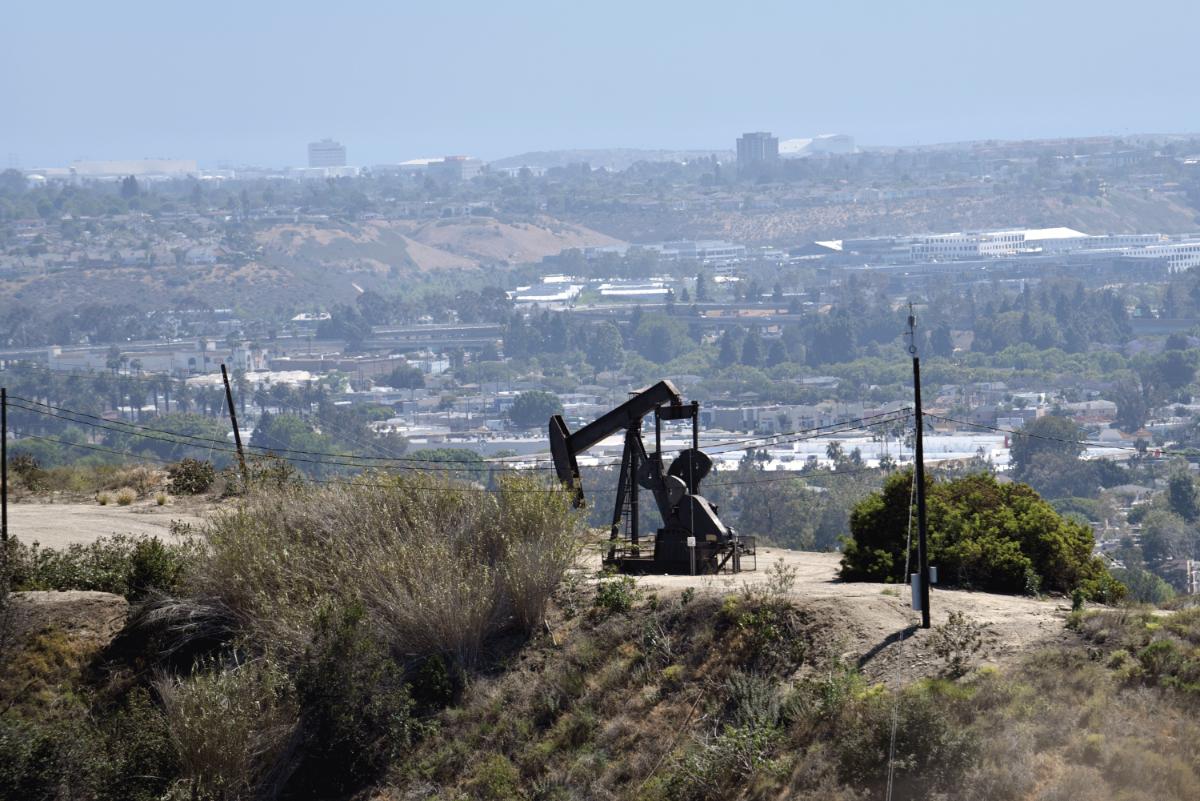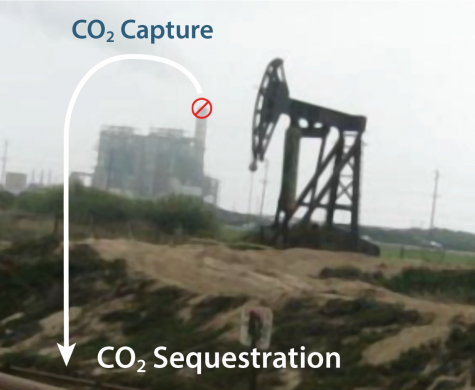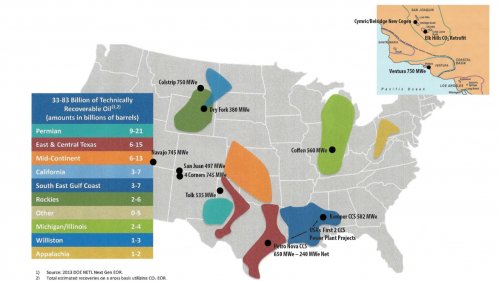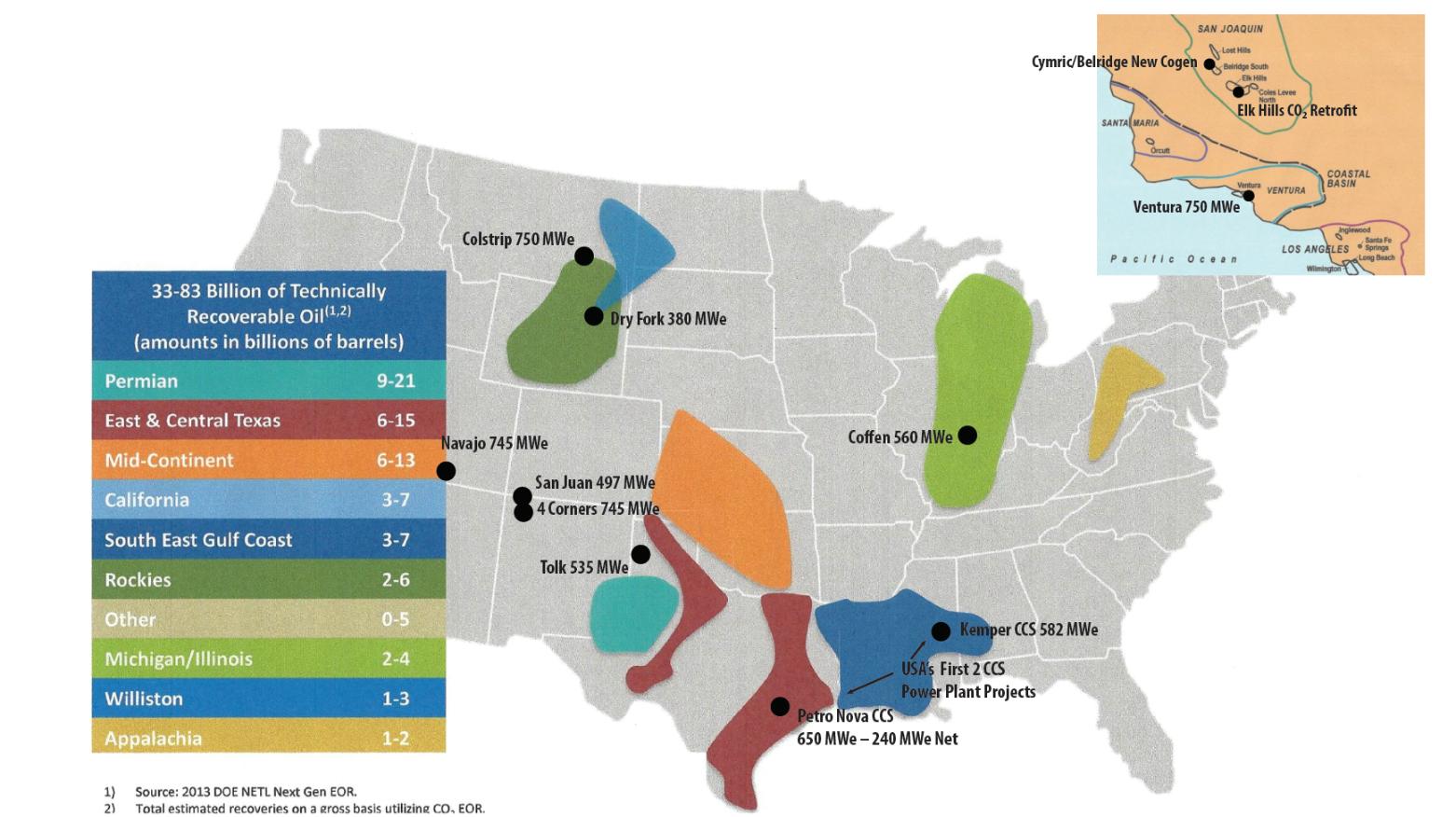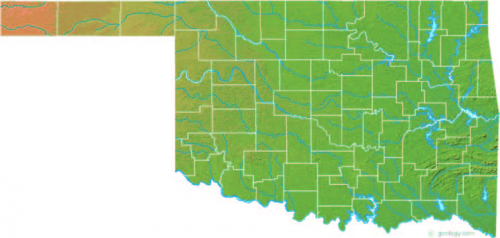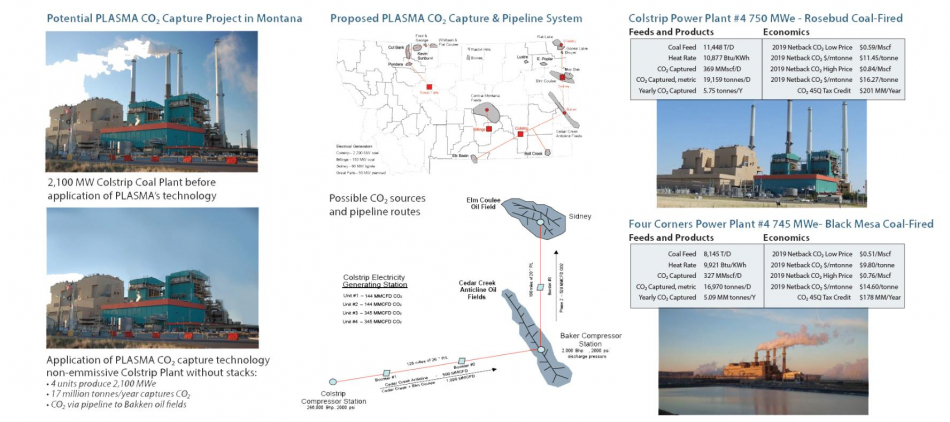The Opportunity
Successful Carbon Capture and Sequestration has multiple moving parts. In this Oklahoma Case Study, we have facilitated workshops among policy makers to articulate and quantify incentives, identied innovative technology, worked with power producers with coal and coke red generating stations, obtained demand estimates from oil and gas companies conducting enhanced oil recovery with CO2, and identifying CO2 transport systems in proximity to all, to bring it all together, balancing economic benets of EOR and veried carbon credits against infrastructure cost.
